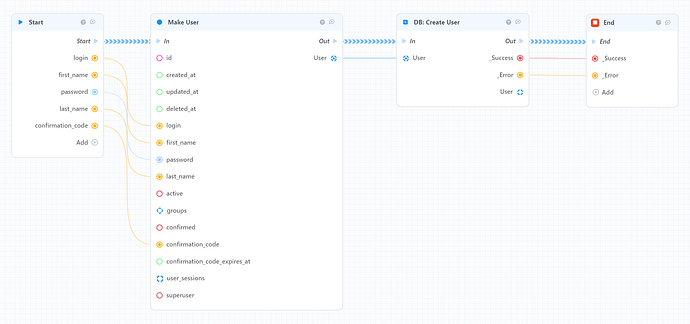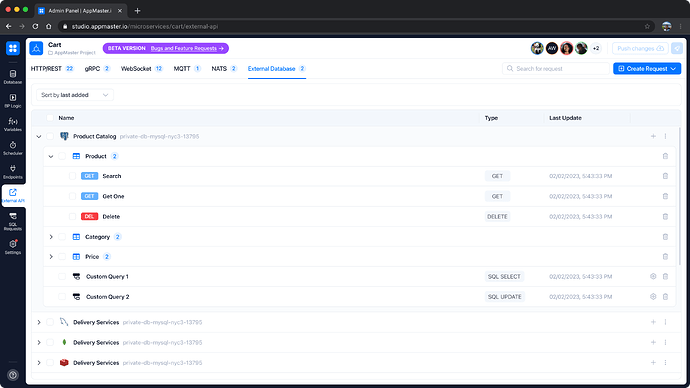Hi Mr. Sotnikov,
It’s not every day I receive a reply from the CEO himself 
First, congratulations for creating AppMaster.
Let me give you some context why I am saying this…
I am an experienced developer/consultant with 30+ of experience and since 2005 working with Microsoft .NET technology.
Frameworks to help developers are my passions: I wrote 4 for my own use and published one as Open-Source at GitHub ( EasyLOB ).
So you can imagine how many different applications/libraries I have already tested and integrated during my career.
The blessing is that even after so much time I still like to create USEFULL applications based on GOOD code.
AppMaster is the best No-Code ( yes ) Platform I have used, considering competitors like Superblocks, Retool, and UI Bakery among many others.
Of course, developers ( like this one ) always want to change or complain something 
Compared to Low-Code platforms like Mendix and OutSystems, it’s much easier to use. OutSystems is not a No-Code platform, it’s Low-Code, and when it moved from DOTNET/Java to just DOTNET, moved to “Reactive” model and now moved from 11 to ODS ( it runs 11 code, but create a new way of coding ), it changed paradigms and created migration problems for users. Mendix, looks like, is moving to be a Low-Code “only”. Both platforms are complex and expensive, mainly devoted to high-end customers. Looks like Technical Debt is now a problem for Low-Code Platforms too!
IMHO, AppMaster with some extension capabilities like Custom Code (I know it does not have it) or Custom Components/Modules could be a nice contender in the middle market of my clients. Businesses with small IT departments, budgets not big enough for Mendix or OutSystems, and no will, or technical skill, to create an application from zero.
Second, you did not create a site, you created an IT Dictionary!
I was an University Teacher ( alongside with all other duties ) for 5 years.
Should I go back to school I would create a “101 - Let’s talk about IT” course for first-year students based on your site.
The person(s) who did it REALLY like(s) IT!
Unfortunately, after the answers you gave me, I will create another Post(s) with some more conceptual questions/remarks about AppMaster 
Thanks

